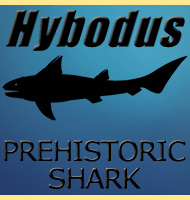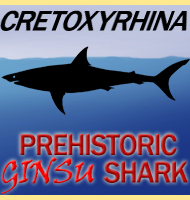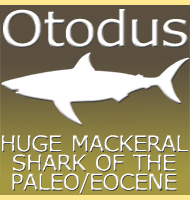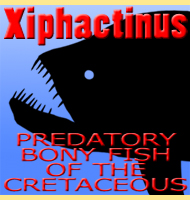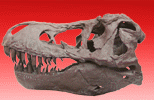


Gladioserratus
Name:
Gladioserratus.
Phonetic: Glad-e-oh-seh-rah-tus.
Named By: Charlie J. Underwood, Anjali Goswami,
G. V. R. Prasad, Omkar Verma & John J. Flynn -
2011.
Synonyms: Notidanus aptiensis.
Classification: Chordata, Chondrichthyes,
Elasmobranchii, Selachimorpha, Hexanchiformes, Hexanchidae.
Species: G. aptiensis
(type), G. dentatus, G. magnus.
Diet: Carnivore/Piscivore.
Size: Unavailable.
Known locations: Austalia. France. Denmark -
Faxe Formation? India.
Time period: Cretaceous to the Danian of Paleocene.
Possibly into the Eocene.
Fossil representation: Teeth.
Gladioserratus
is an extinct genus of cow shark
that is known to have first appeared
near the middle of the Early Cretaceous. Further fossil discoveries
have led to the realisation that species of Gladioserratus
lived all
the way to the end of the Cretaceous and into the Paleocene. There
has also been speculation that an extinct species of the genus
Notorynchus, N. serratissimus
should be synonymised into
Gladioserratus, something that would extend the
range of
Gladioserratus even further into the Eocene.
As
a cow shark Gladioserratus would have likely been
a generalist
predator feeding upon everything from fish to crustaceans, and given
the fact that Gladioserratus lived during the
Cretaceous, quite
possibly smaller marine reptiles. If like relative genera,
Gladioserratus would have had only one dorsal fin
situated further
back near the tail. Gladioserratus would have
also likely had at
least six gills, not five like in more advanced forms. Some cow
sharks are known to have seven gills, though it is still unknown if
Gladioserratus had this many.
Further reading
- Marine vertebrates from the ‘middle’ Cretaceous (early
Cenomanian) of South India. - Journal of Vertebrate Paleontology
31 (3): 539–552. - Charlie J. Underwood, Anjali
Goswami, G. V. R. Prasad, Omkar Verma & John J.
Flynn - 2011.
- A rare elasmobranch assemblage from the Valanginian (Lower
Cretaceous) of southern France. - Cretaceous Research 48:
54–84. - Guillaume Guinot, Henri Cappetta & Sylvain
Adnet - 2014.
- Neoselachians from the Danian (Early Paleocene) of Denmark. -
Acta Palaeontologica Polonica 60 (2): 313–338. - Jan S.
Adolfssen & David J. Ward - 2015.
Random favourites
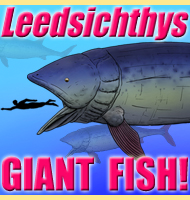 |
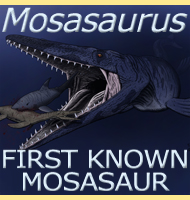 |
 |
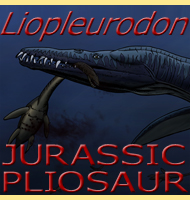 |
